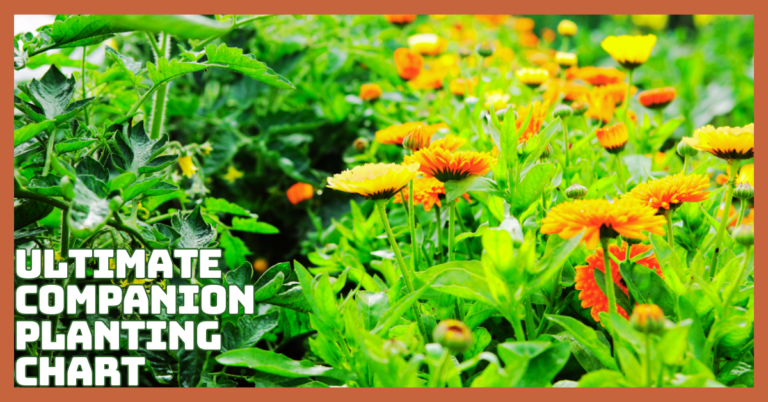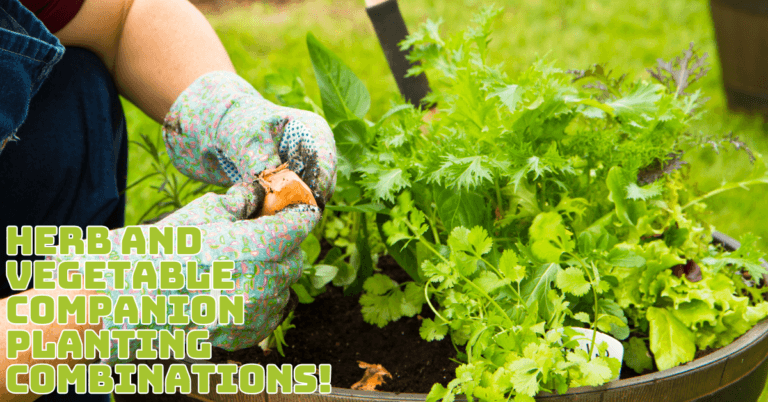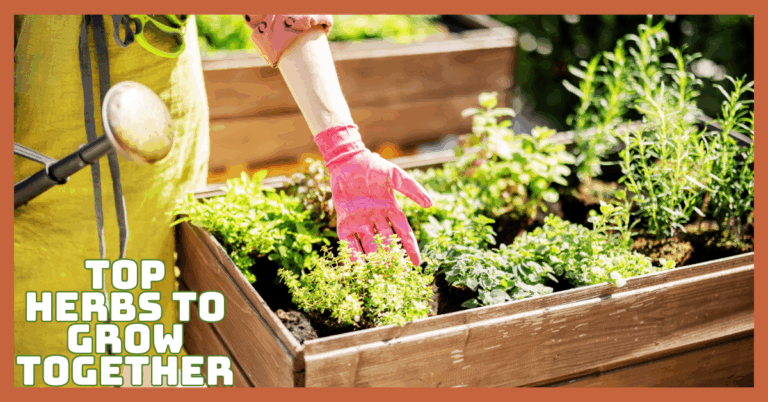Ultimate Guide To Companion Plants For Garlic
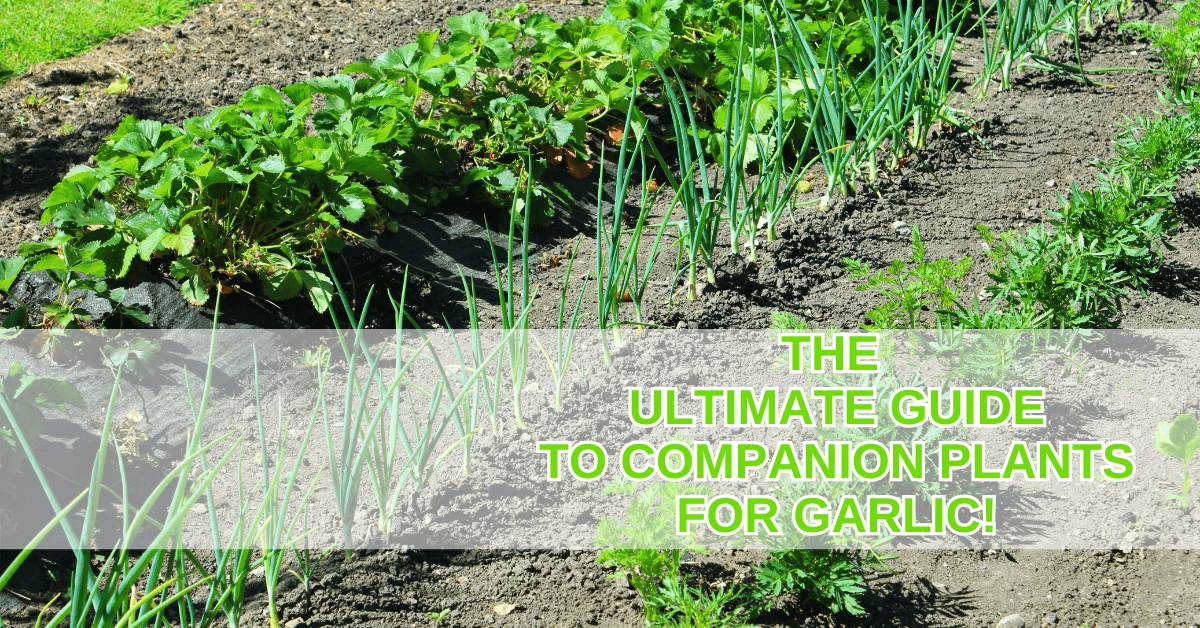
Ultimate Guide To Companion Plants For Garlic
Garlic (Allium sativum) is a versatile culinary staple and a powerhouse in the garden. Known for its strong aroma and pest-repellent properties, it makes an excellent companion plant for many garden vegetables, fruits, and herbs.
By understanding which plants thrive alongside garlic, gardeners can design a more resilient, productive, and healthy garden.
This article explores plants that grow well with garlic and details each companion's unique benefits to the garden ecosystem.
What Is Companion Planting?
Companion planting is an ancient agricultural technique where different plant species are grown together to benefit one another.
This method leverages the natural properties of certain plants to promote a healthier and more productive garden ecosystem.
This technique can improve crop yield, reduce pests, enhance flavour, and encourage healthy growth.
By strategically pairing plants, gardeners can produce a mutual environment where each plant contributes to the well-being of its neighbours.
For example, some plants might deter pests that harm nearby crops, while others might attract beneficial insects, improve soil fertility, or provide their neighbours with necessary shade and physical support.
By strategically arranging these plants, gardeners can reduce the need for chemical pesticides, enhance crop yields, and foster a more sustainable and balanced growing environment.
The benefits of companion planting extend beyond pest control and increased productivity. This approach can also improve soil health through the natural interaction of root systems and nutrient exchange.
For instance, legumes secure nitrogen in the soil, benefiting nitrogen-hungry plants like tomatoes and corn.
Furthermore, companion planting can enhance plant flavours and promote biodiversity, creating a resilient garden that can better withstand diseases and adverse weather conditions.
Overall, companion planting is a holistic gardening practice that maximizes each plant's strengths to create a thriving, interdependent garden community.
Garlic (Allium sativum) is an outstanding companion plant due to its natural pest-repellent properties and ability to improve nearby plants' health and flavour.
This pungent bulb is an Allium family member, which includes onions, leeks, and chives. It is celebrated not only for its culinary uses but also for its role in companion planting.
Plants That Grow Well With Garlic
When planning your garden, consider these plants that grow well with garlic. Each companion plant benefits uniquely from being near garlic, whether through pest deterrence, soil enhancement, or mutual growth support.
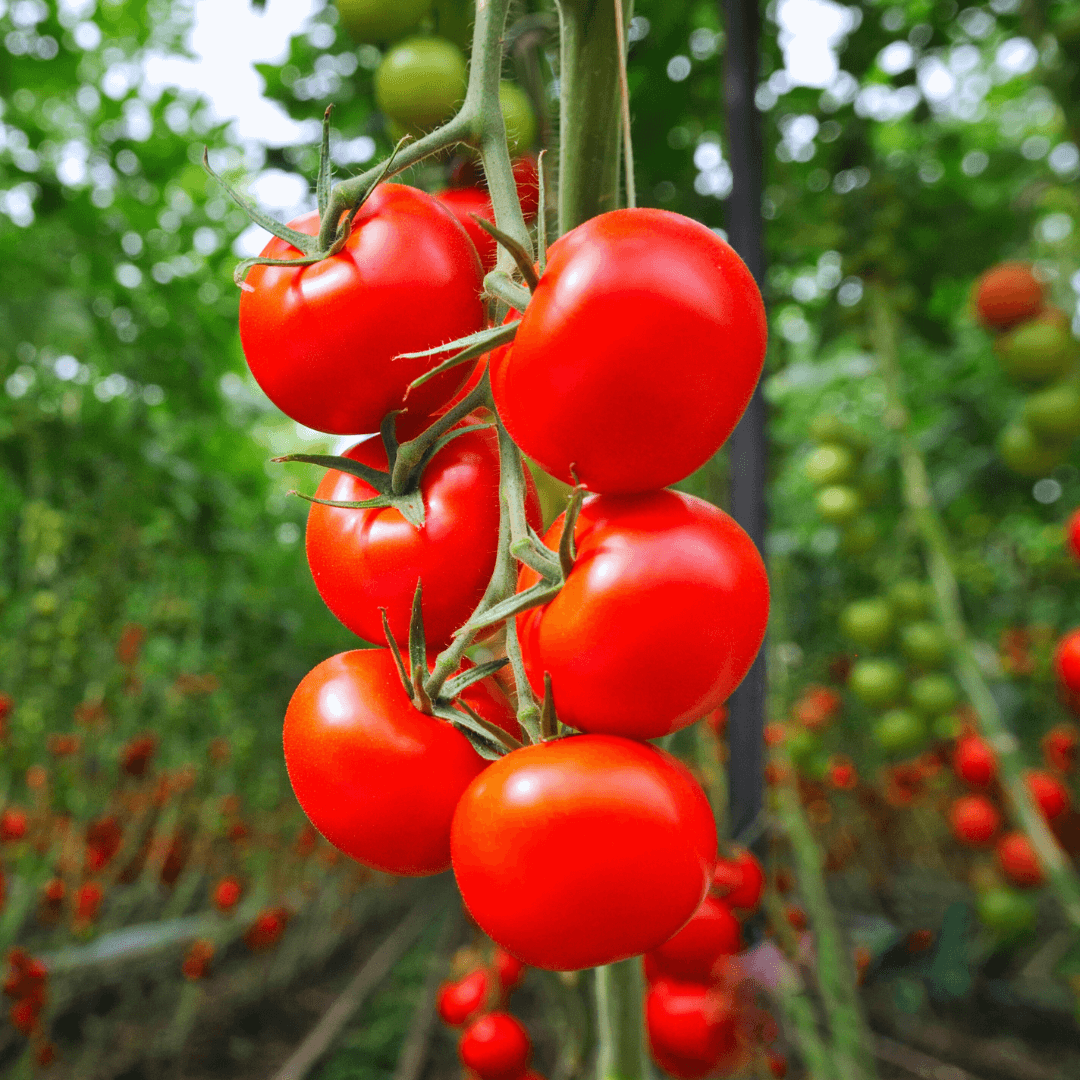
1. Tomatoes
Tomatoes benefit significantly from being planted near garlic. The strong aroma of garlic repels pests like aphids and spider mites, common threats to tomato plants.
These insects swallow the sap from the plant, causing significant damage, leading to weakened growth and reduced fruit production.
Additionally, garlic's natural fungicidal properties help prevent diseases like late blight that can devastate tomato crops.
Moreover, anecdotal evidence suggests that garlic can improve tomatoes' flavour and overall health, producing more robust and tastier fruits. This makes garlic an invaluable companion in tomato cultivation.

2. Carrots
Garlic and carrots make excellent companions in the garden. Garlic helps deter carrot flies, notorious pests that lay their eggs at the base of carrot plants.
After that, the larvae tunnel into the roots, seriously harming the crops and lowering harvests. The pungent odour of garlic confuses and repels these flies, protecting the carrots.
In return, carrots' deep roots help break up the soil, creating a more aerated and loose soil structure.
It benefits garlic by making it easier for garlic bulbs to expand and grow, leading to healthier and more productive plants.
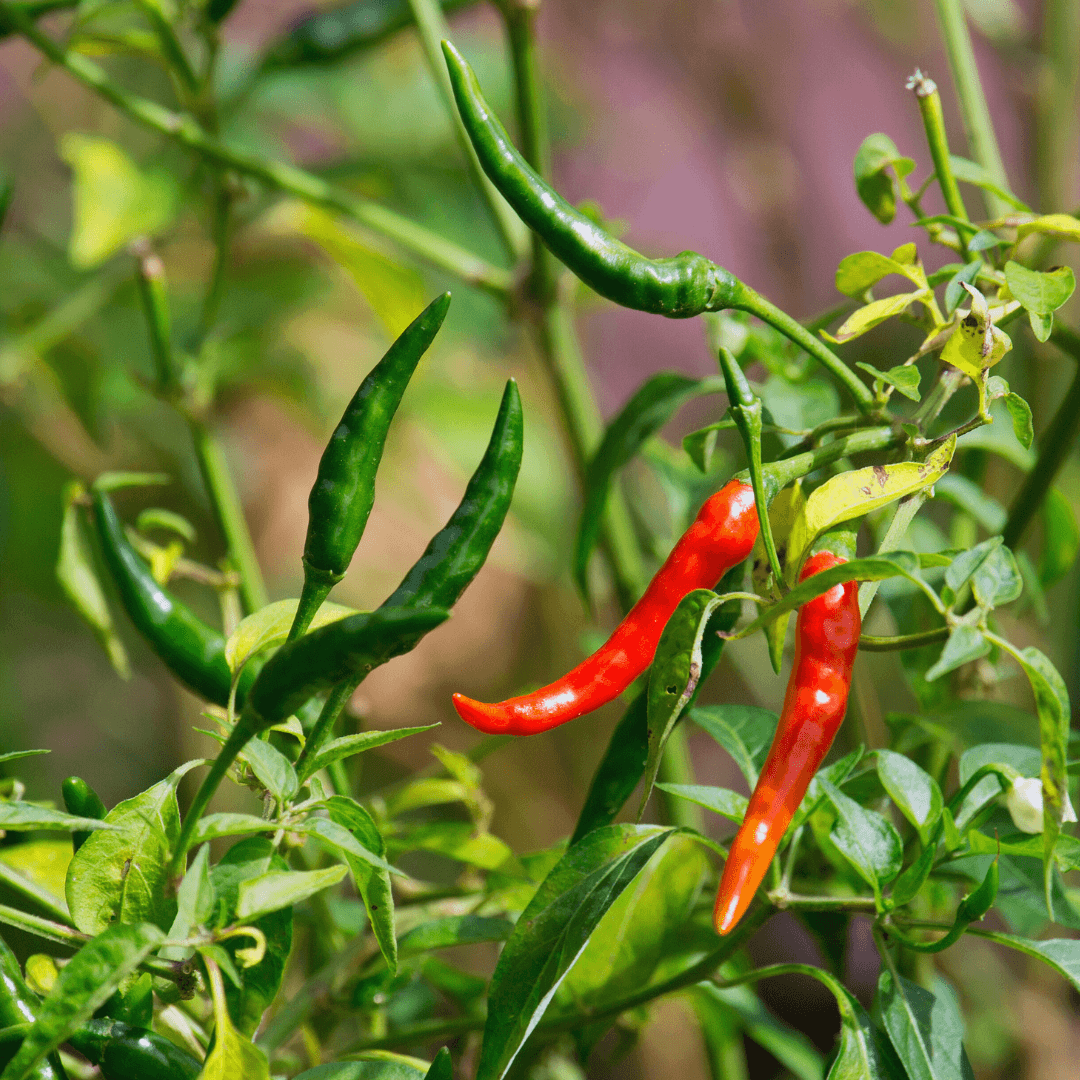
3. Peppers
Peppers, both sweet and hot varieties, grow well with garlic. The strong scent of garlic deters aphids, common pests of pepper plants.
By feeding on the plant's sap, these pests have the potential to cause significant harm, including stunted development and lower yields.
The presence of garlic helps to protect pepper plants from such infestations. Additionally, the interaction between garlic and peppers can enhance flavours, making the peppers more robust and tastier.
This combination also helps utilize garden space efficiently, creating a synergistic environment that benefits both plants.
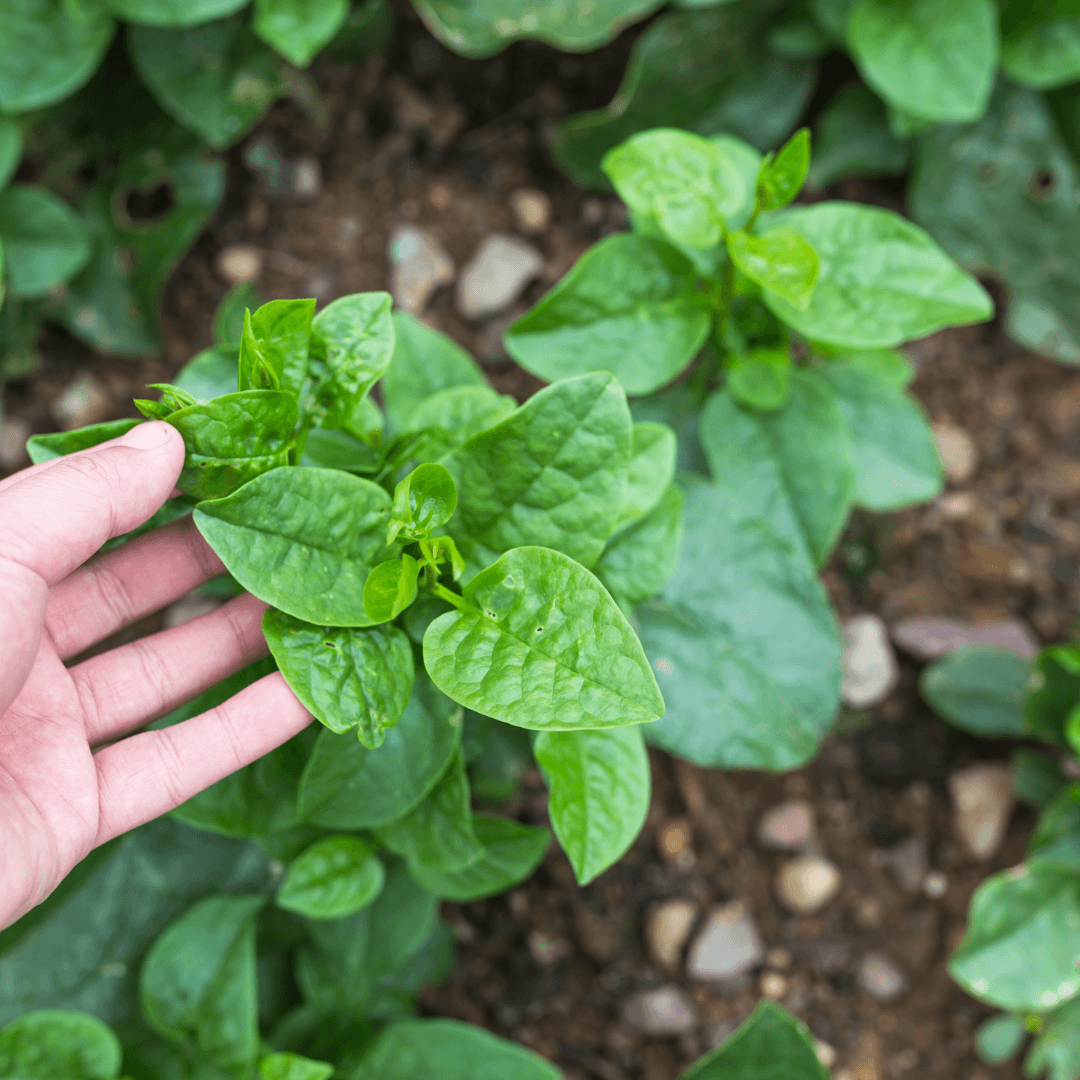
4. Spinach
Spinach is another great companion plant that grows well with garlic. The pungent aroma of garlic helps deter pests like leaf miners and tiny larvae that burrow into spinach leaves, creating unsightly trails and reducing the plant's overall health.
Planting garlic around spinach keeps these pests at bay, leading to healthier foliage. Additionally, the robust root systems of garlic can assist in improving soil structure and nutrient availability, further benefiting spinach growth.
This strategic pairing ensures that spinach plants remain vigorous and productive, providing a steady supply of nutritious greens throughout the growing season.
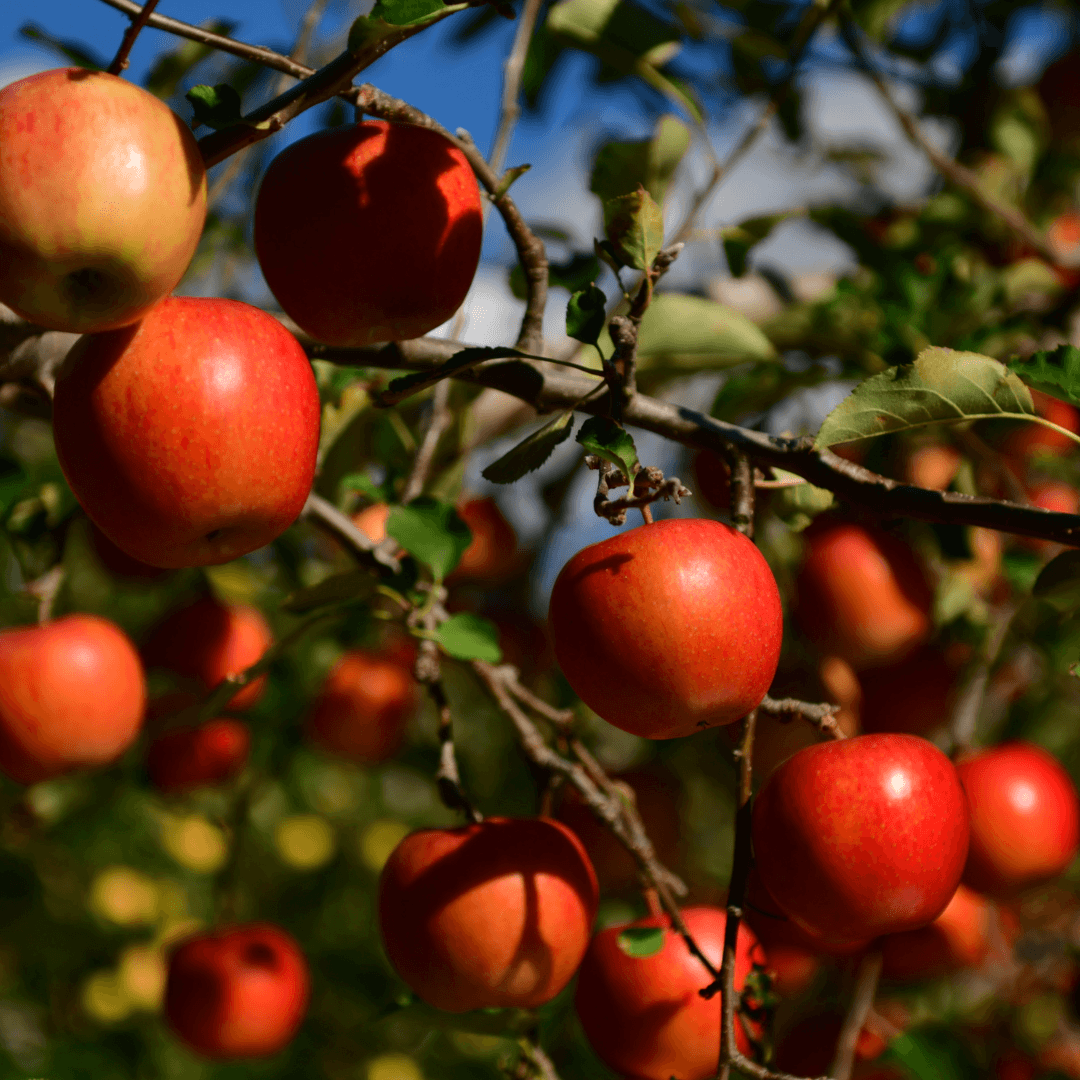
5. Fruit Trees
Garlic can be planted around the base of fruit trees to help deter borers and other insects that can damage the trees.
The sulphur compounds in garlic act as an organic insect repellent, protecting the trees from various pests.
Borers, for example, are beetle larvae that tunnel into the wood of fruit trees, causing significant structural damage and reducing fruit production.
Planting garlic around the base makes these pests less likely to infest the trees. Additionally, garlic can help to improve soil health by adding organic matter and nutrients, further supporting the growth and productivity of fruit trees.

6. Roses
Roses and garlic make a beautiful and beneficial pairing in the garden. Garlic helps to repel aphids, which are common pests that damage rose bushes by sucking the sap from leaves and stems, causing weakened growth and distorted flowers.
The pungent aroma of garlic acts as a natural deterrent, keeping these pests at bay. Additionally, garlic's presence can enhance the fragrance of roses, making your garden even more delightful.
This combination protects the roses and improves their health and aesthetic appeal, producing more vibrant, fragrant blooms. Overall, pairing roses with garlic creates a healthier and more beautiful garden.

7. Cabbage Family (Brassicas)
Plants belonging to the cabbage family, such as cabbage, broccoli, cauliflower, and Brussels sprouts, benefit significantly from being planted near garlic.
Garlic helps to repel pests like cabbage loopers, cabbage worms, and Japanese beetles, which can cause extensive damage by eating the leaves and stems of these plants.
The sulphur compounds in garlic act as an organic insect repellent, providing adequate protection against these common threats.
This pairing helps to ensure healthier and more productive crops, reducing the need for chemical pesticides and promoting a more organic gardening approach, leading to more robust and pest-free Brassica plants.

8. Herbs
Several herbs grow well with garlic, including dill, chamomile, and rue. Dill attracts beneficial insects like ladybugs, which prey on garden pests, providing natural pest control.
Chamomile and rue can enhance the growth and flavour of garlic, creating a mutually beneficial relationship.
Conversely, garlic's strong scent helps to deter pests that might otherwise harm these delicate herbs, ensuring their healthy growth.
This synergy supports healthier herb growth and enhances your garden's overall biodiversity and resilience, making it more sustainable and productive. Pairing these herbs with garlic creates a harmonious and thriving garden environment.
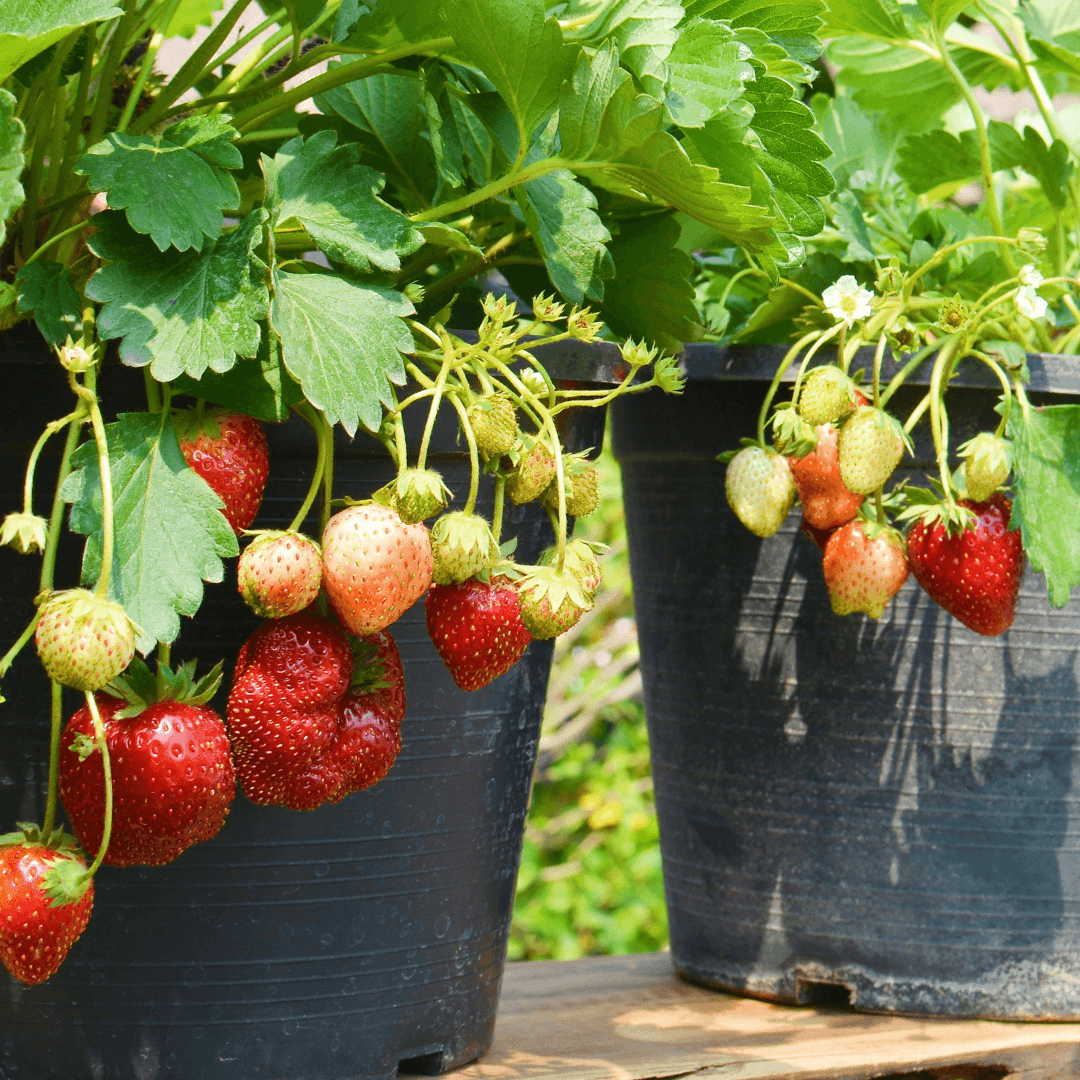
9. Strawberries
Strawberries and garlic make a mutually beneficial pairing. Garlic helps to repel pests such as slugs and spider mites that can damage strawberry plants by eating the leaves and fruits.
The pungent smell of garlic functions as a natural barrier, protecting the strawberries from these common pests.
Additionally, planting garlic around strawberries can lead to healthier plants with more robust growth.
This combination often results in sweeter, more abundant fruit, providing a delightful and productive addition to your garden.
The interaction between strawberries and garlic helps create a thriving environment for both plants, enhancing overall garden productivity.

10. Beets
Beet plants grow well with garlic. They benefit from garlic's ability to repel pests like aphids and beetles that can damage beet plants by feeding on their leaves and roots.
The sulphur compounds in garlic are a natural insect deterrent, protecting the beets from infestations.
Additionally, beets improve soil structure with their deep roots, which can assist aerate the soil and enhance nutrient availability for garlic bulbs.
This combination results in healthier growth for both plants, ensuring a more productive and sustainable garden.
Pairing beets with garlic creates a beneficial interaction that enhances the growth and health of both crops, leading to a bountiful harvest.
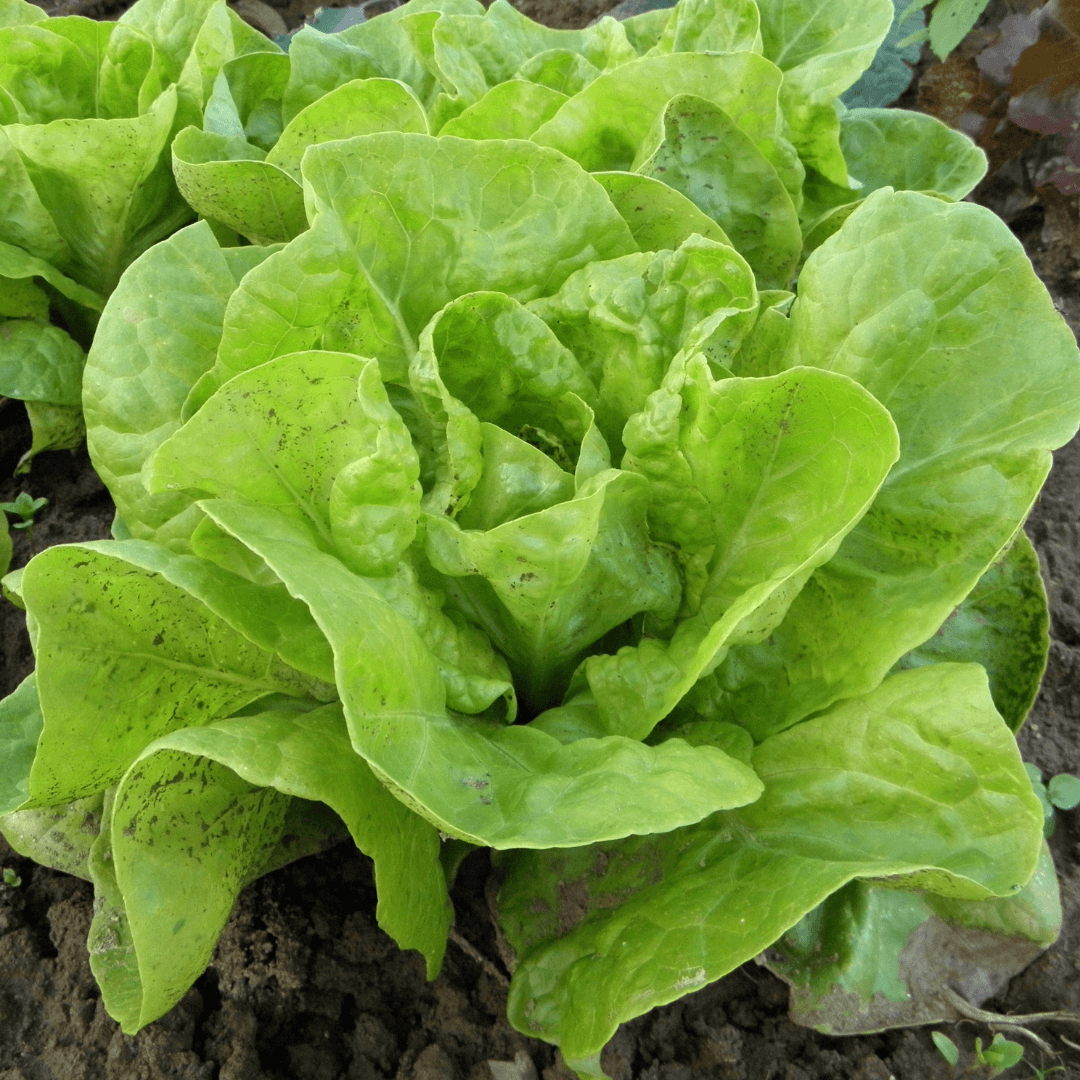
11. Lettuce
Lettuce thrives when planted near garlic. Garlic repels pests such as aphids and caterpillars that can damage lettuce leaves by feeding on the tender foliage.
Caterpillars can gnaw huge holes in the leaves, lowering the general health and productivity of the plant, while aphids can cause twisted and stunted growth in the leaves.
These pests are naturally deterred by planting garlic nearby, leading to a more bountiful harvest.
Additionally, garlic's natural fungicidal properties can help prevent diseases like downy mildew that often affect lettuce.
This strategic pairing ensures lettuce plants remain vigorous and productive, providing a steady supply of fresh greens.
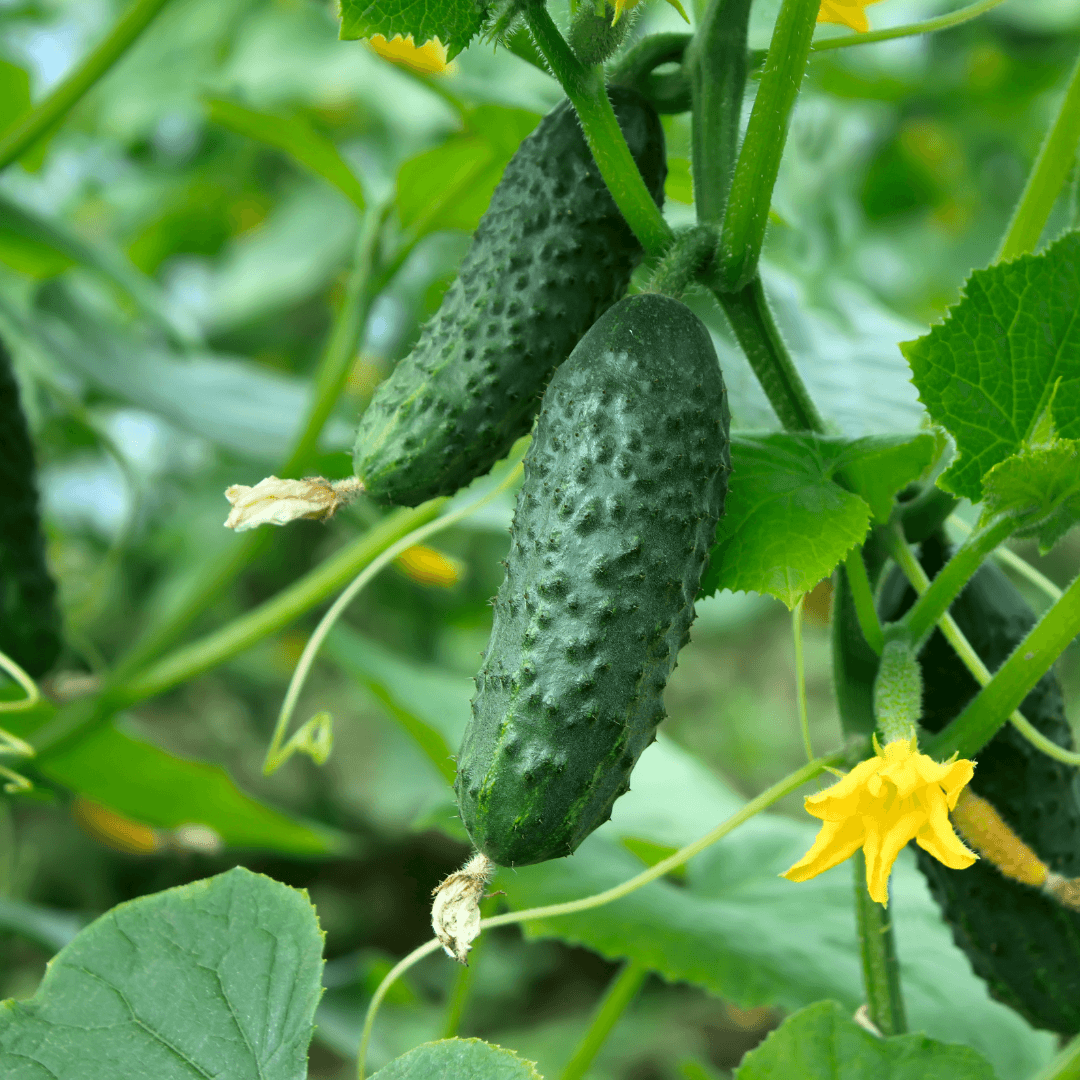
12. Cucumbers
Cucumbers benefit from garlic's pest-repellent properties. Planting garlic near cucumbers helps deter pests like aphids and cucumber beetles, which are notorious for damaging cucumber plants by feeding on the leaves and transmitting diseases.
The pungent aroma of garlic confuses and repels these pests, protecting the cucumbers from infestations. This results in healthier, more productive plants with less need for chemical pest control.
Additionally, garlic can help improve the soil's overall health, providing a better-growing environment for cucumbers. Combining cucumbers and garlic creates a mutually beneficial relationship in the garden.

13. Potatoes
Garlic and potatoes make excellent companions in the garden. Garlic helps to repel pests such as potato beetles and aphids, which can cause significant damage by feeding on the leaves and stems of potato plants.
These pests can stunt growth and reduce yields. Garlic's sulphur compounds are a natural insect deterrent, protecting potato plants from infestations.
This results in healthier plants and a better yield. Additionally, garlic's presence can help improve soil health and structure, benefiting potato growth.
Pairing potatoes with garlic creates a synergistic environment that enhances the productivity and sustainability of both crops.

14. Eggplant
Garlic deters pests like aphids and spider mites and is beneficial when grown close to eggplants. By consuming the plant's sap and leaves, these pests can severely harm eggplants, weakening the plants and decreasing fruit production.
Aubergines are shielded from these dangers by the potent smell of garlic. Additionally, garlic's antifungal properties can help prevent diseases that might affect eggplants.
This combination results in healthier plants with more abundant and higher-quality fruit. Growing eggplants with garlic ensures a more productive and pest-resistant garden.
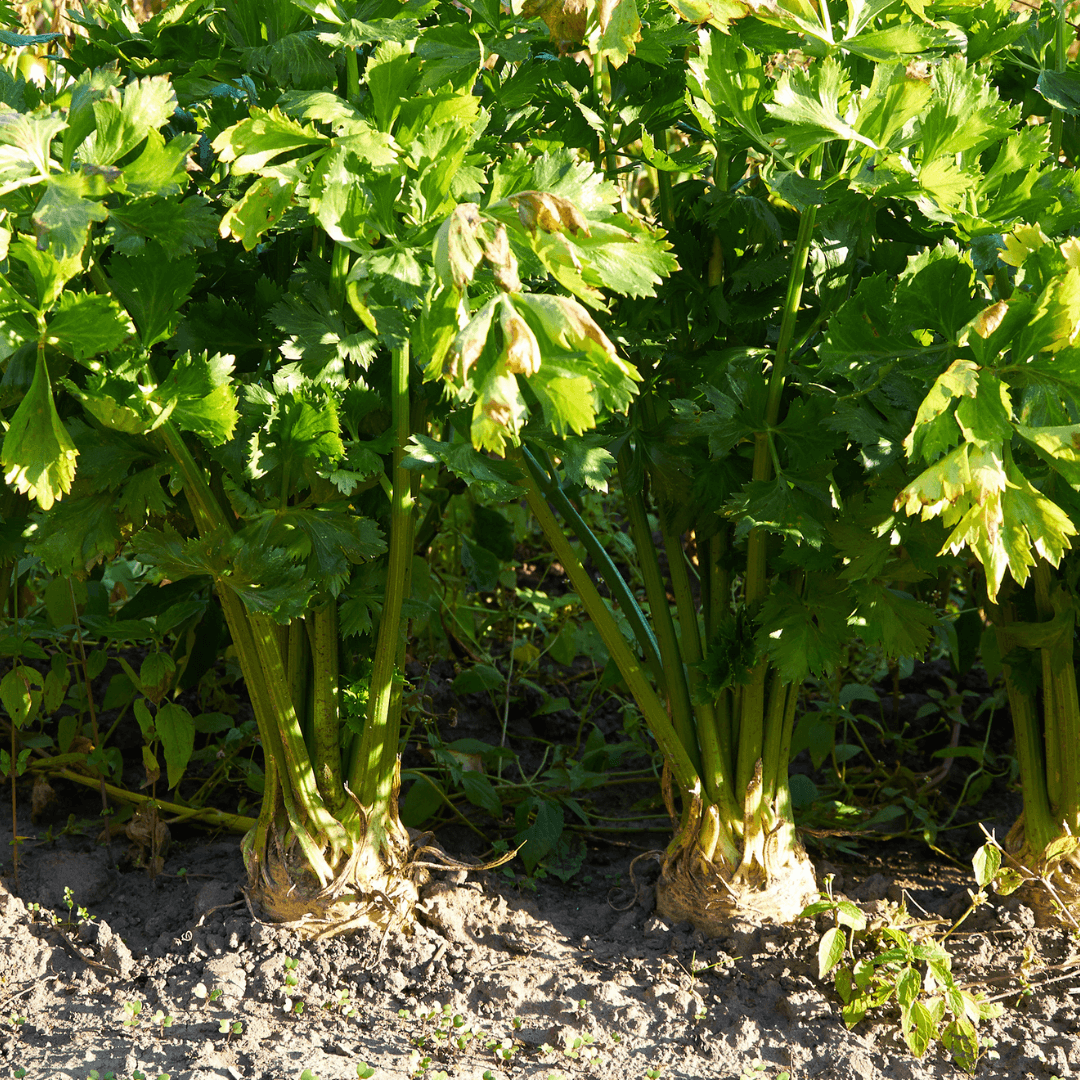
15. Celery
Garlic and celery are good garden companions because garlic is capable of warding off pests like aphids and spider mites.
These pests can cause significant damage to celery plants by sucking the sap, leading to stunted growth and poor yield.
The strong scent of garlic deters these insects, ensuring that celery remains healthy and vigorous. Additionally, garlic's presence can improve soil health, benefiting celery growth.
This pairing leads to healthier, more productive crops, reduces the need for chemical pest control, and promotes a more sustainable gardening approach.
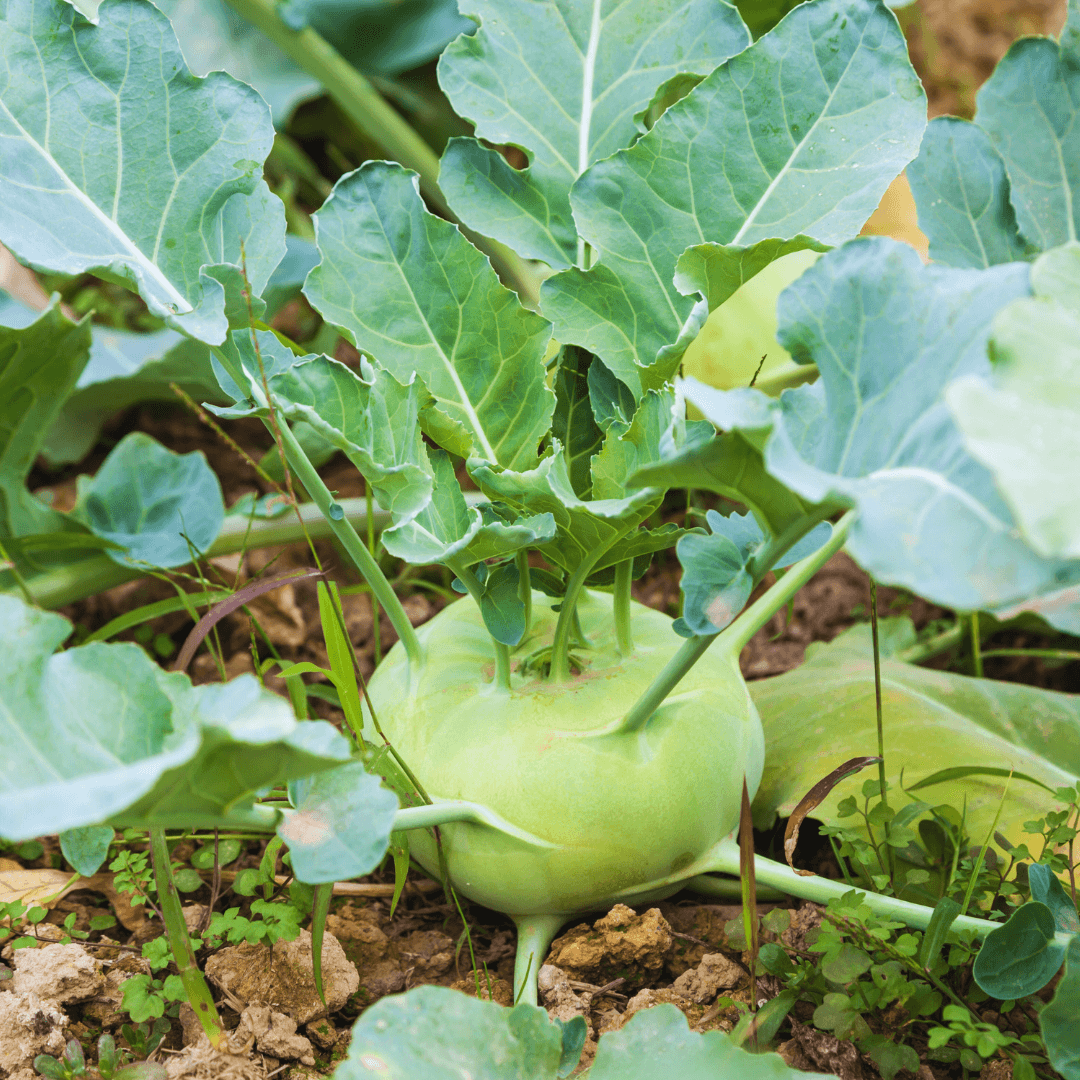
16. Kohlrabi (Turnips)
Kohlrabi benefits from garlic's pest-repellent properties. Planting garlic near kohlrabi helps deter pests like aphids and cabbage worms, which can cause extensive damage by feeding on the leaves and stems.
Aphids can stunt growth and spread diseases, while cabbage worms chew large holes in the foliage.
The sulphur compounds in garlic are a natural insect deterrent, protecting kohlrabi from these threats.
This promotes healthier plants and improved yields. Additionally, garlic can help improve soil health, benefiting kohlrabi growth. Pairing kohlrabi with garlic creates a more resilient and productive garden.
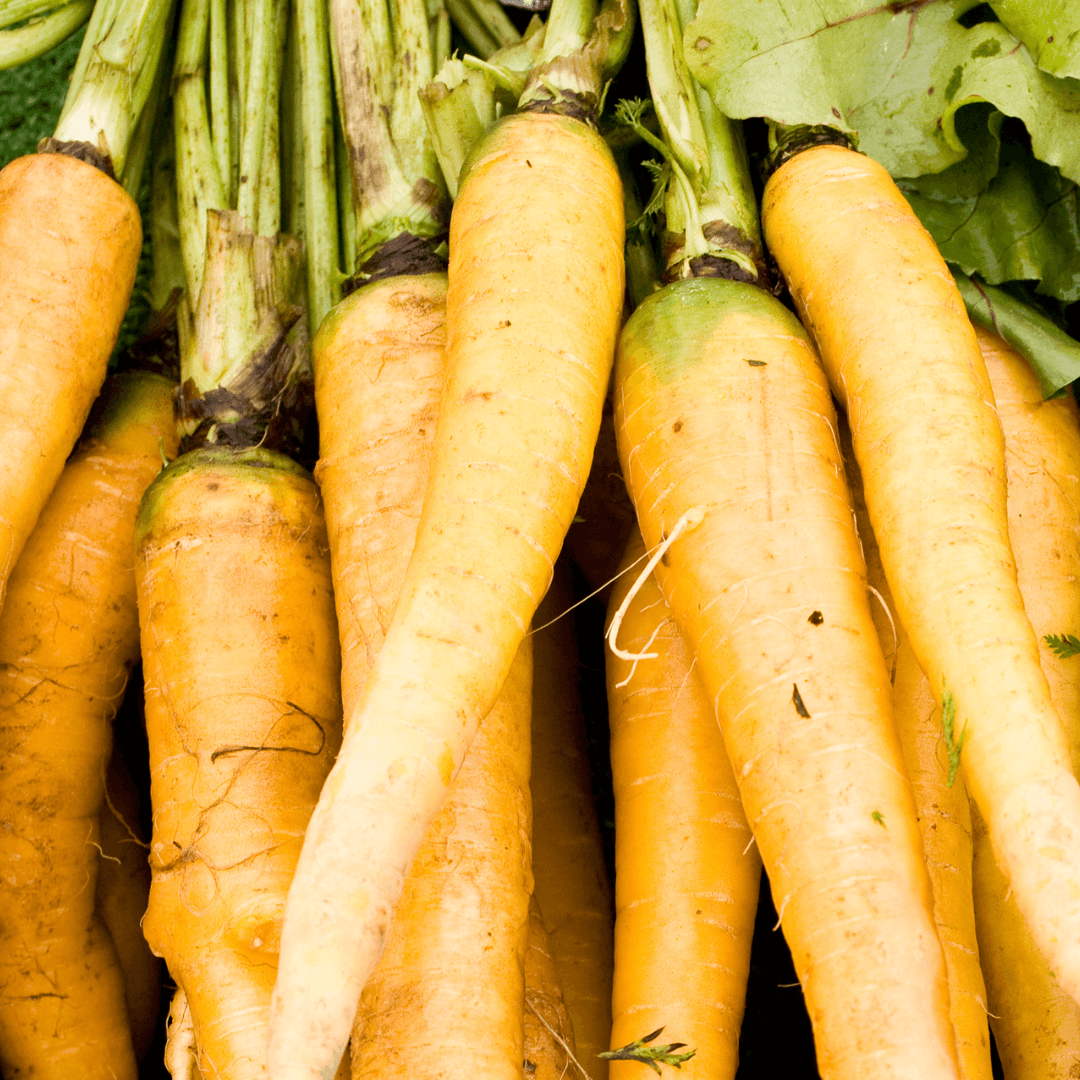
17. Parsnips
Parsnips thrive when planted near garlic, benefiting from garlic's ability to repel pests like aphids and carrot flies.
Aphids can cause stunted growth and curled leaves, while carrot flies lay eggs at the base of Parsnip plants. The larvae burrow into the roots, causing significant damage.
The pungent aroma of garlic confuses and deters these pests, protecting the parsnips. This promotes healthier plants and improved yields.
Additionally, garlic can help improve soil structure and fertility, benefiting parsnip growth. Growing parsnips with garlic creates a synergistic relationship that enhances the health and productivity of both crops.
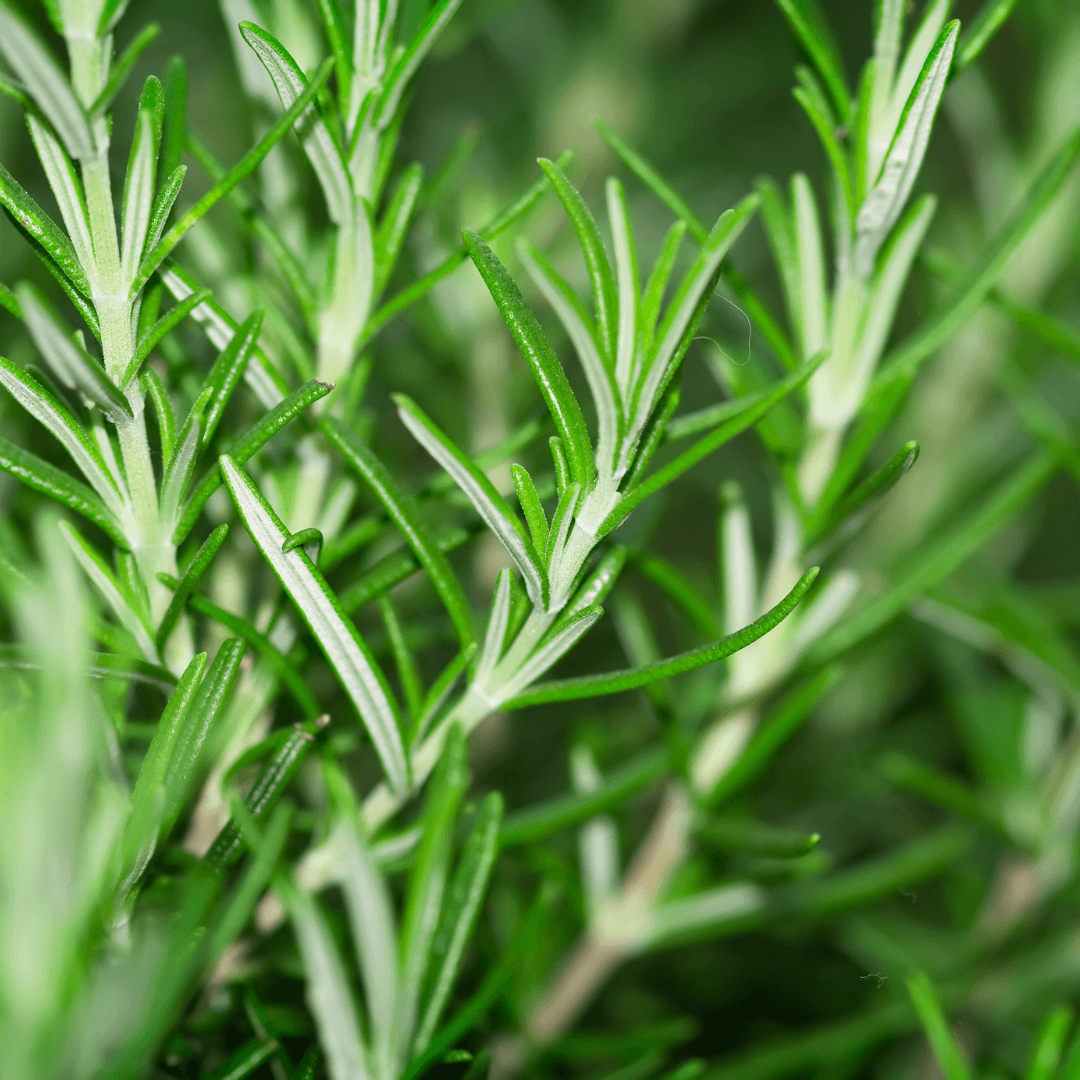
18. Rosemary
Rosemary and garlic make excellent companions, as both deter pests like aphids and spider mites, enhancing each other's health.
Rosemary's aromatic oils act as a natural pest repellent, while its bushy growth provides partial shade for garlic, protecting it from intense sunlight.
This shading can be particularly beneficial in hot climates. Plant garlic near rosemary bushes to optimize their growth.
It is important to maintain enough distance to prevent competition for nutrients and water. This strategic pairing promotes healthier plants and creates a more resilient garden ecosystem.

19. Radishes
Radishes grow well with garlic, benefiting from garlic's ability to deter pests like aphids and flea beetles.
These pests can damage radish plants by feeding on their leaves and roots, leading to stunted growth and poor yields.
The strong scent of garlic is a natural repellent, protecting the radishes from these threats. Additionally, garlic's presence can improve soil health and structure, providing a better-growing environment for radishes.
This combination results in healthier crops and better yields, making radishes and garlic a perfect pairing in the garden. This synergistic relationship enhances the productivity and resilience of both plants.
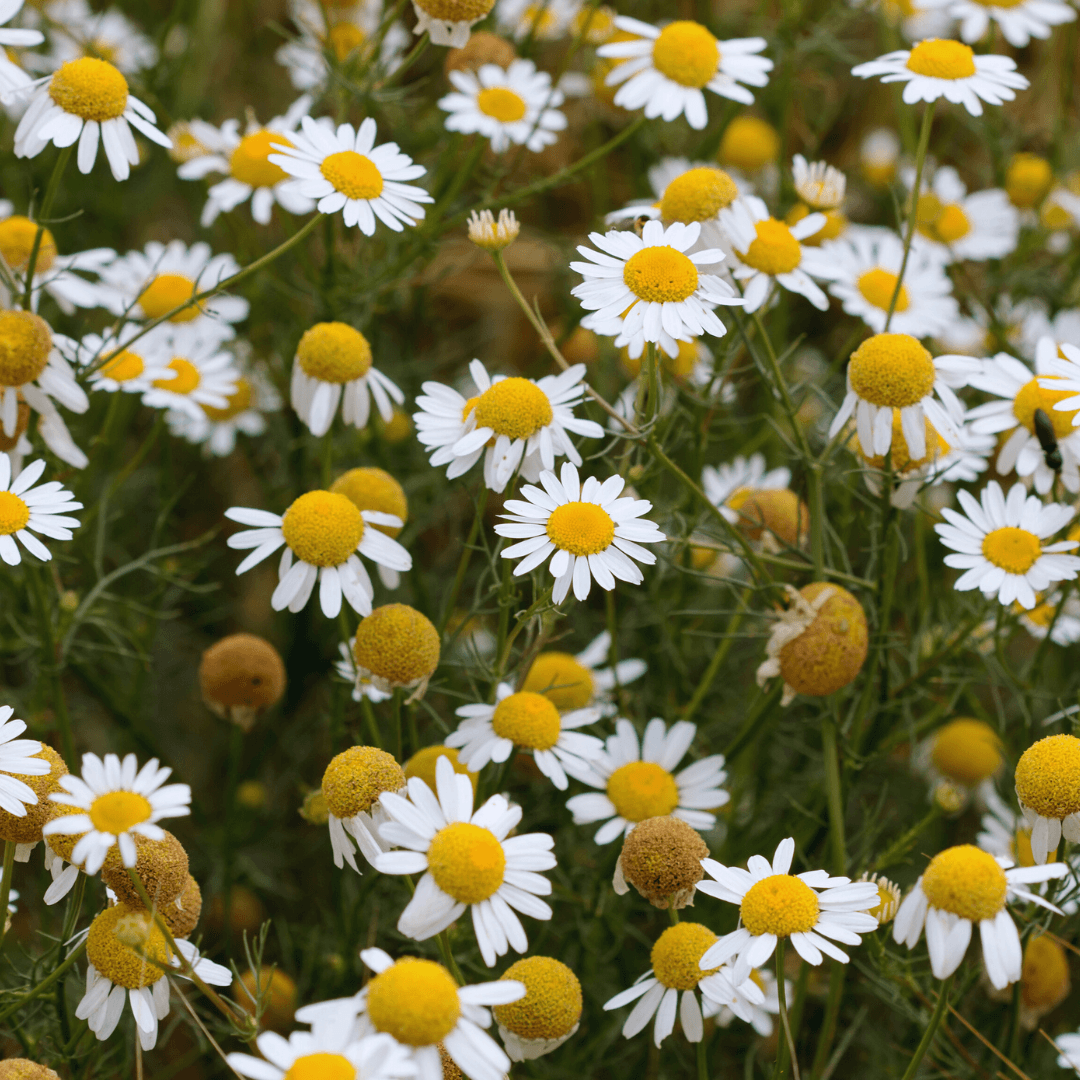
20. Chamomile
Chamomile is an excellent companion plant that grows well with garlic, providing mutual benefits in the garden.
Chamomile helps enhance garlic's growth and flavour by improving nutrient uptake and repelling harmful pests.
Conversely, garlic repels pests such as aphids and spider mites that could harm chamomile. This combination supports healthier plant growth and increases garden biodiversity, leading to a more resilient ecosystem.
Additionally, chamomile can attract beneficial insects that help pollinate and protect other garden plants.
Growing chamomile with garlic creates a harmonious and productive garden environment, maximizing the benefits of companion planting.
Plants To Avoid Planting Near Garlic
1. Legumes
Legumes, like beans and peas, can stunt garlic growth because they fix nitrogen in the soil, which garlic requires in minimal amounts.
The excess nitrogen can lead to imbalanced soil conditions, negatively affecting garlic's development and overall health. Therefore, it's best to avoid planting legumes near garlic.

2. Sage
Sage can compete with garlic for similar nutrients, leading to stunted growth in both plants. While many herbs benefit garlic, sage's nutrient demands make it a poor companion, reducing vigour for both if planted together.
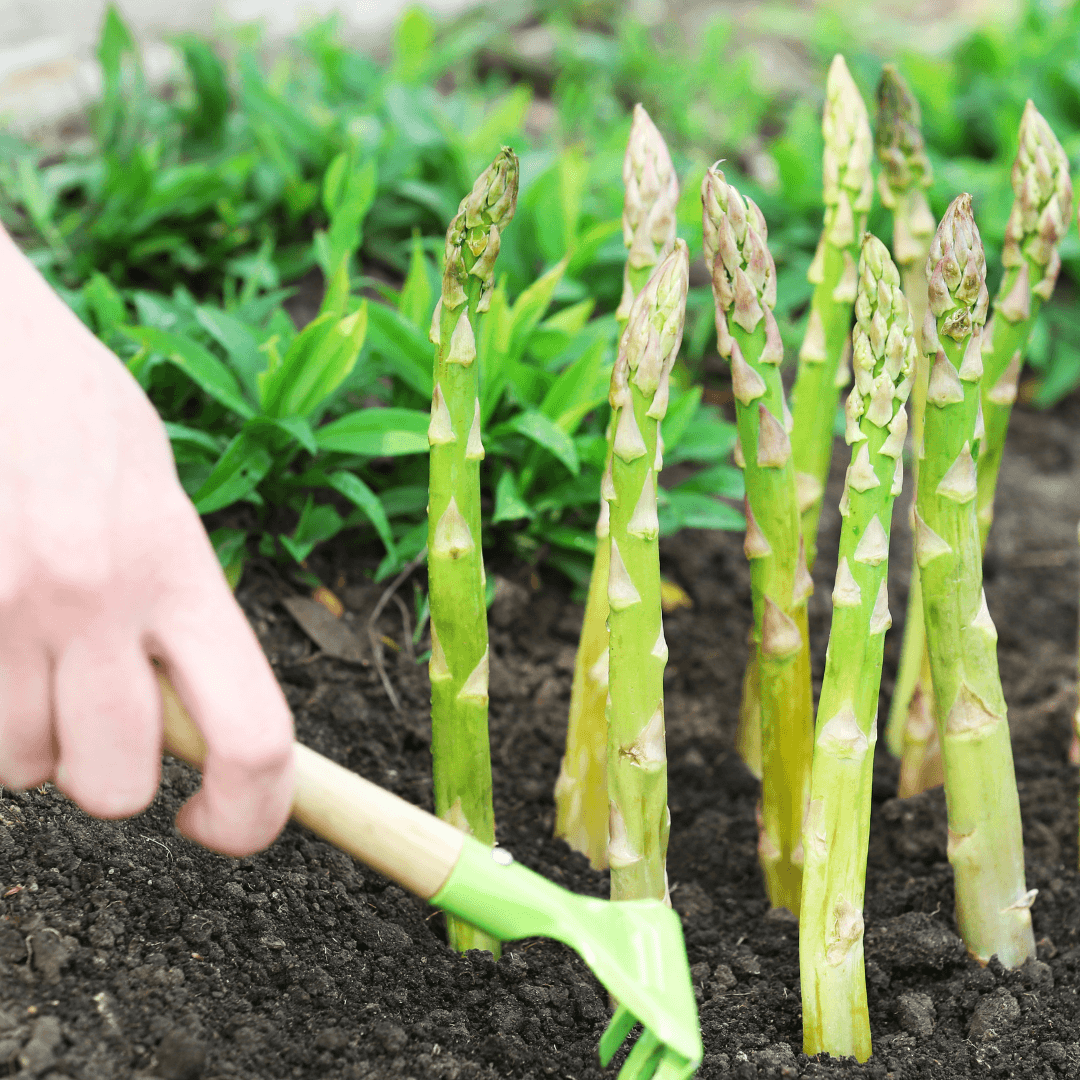
3. Asparagus
Garlic can inhibit asparagus growth by releasing chemicals into the soil that disrupt nutrient absorption and root development.
This allelopathic effect can reduce asparagus's overall health and productivity, making it unwise to plant them together.
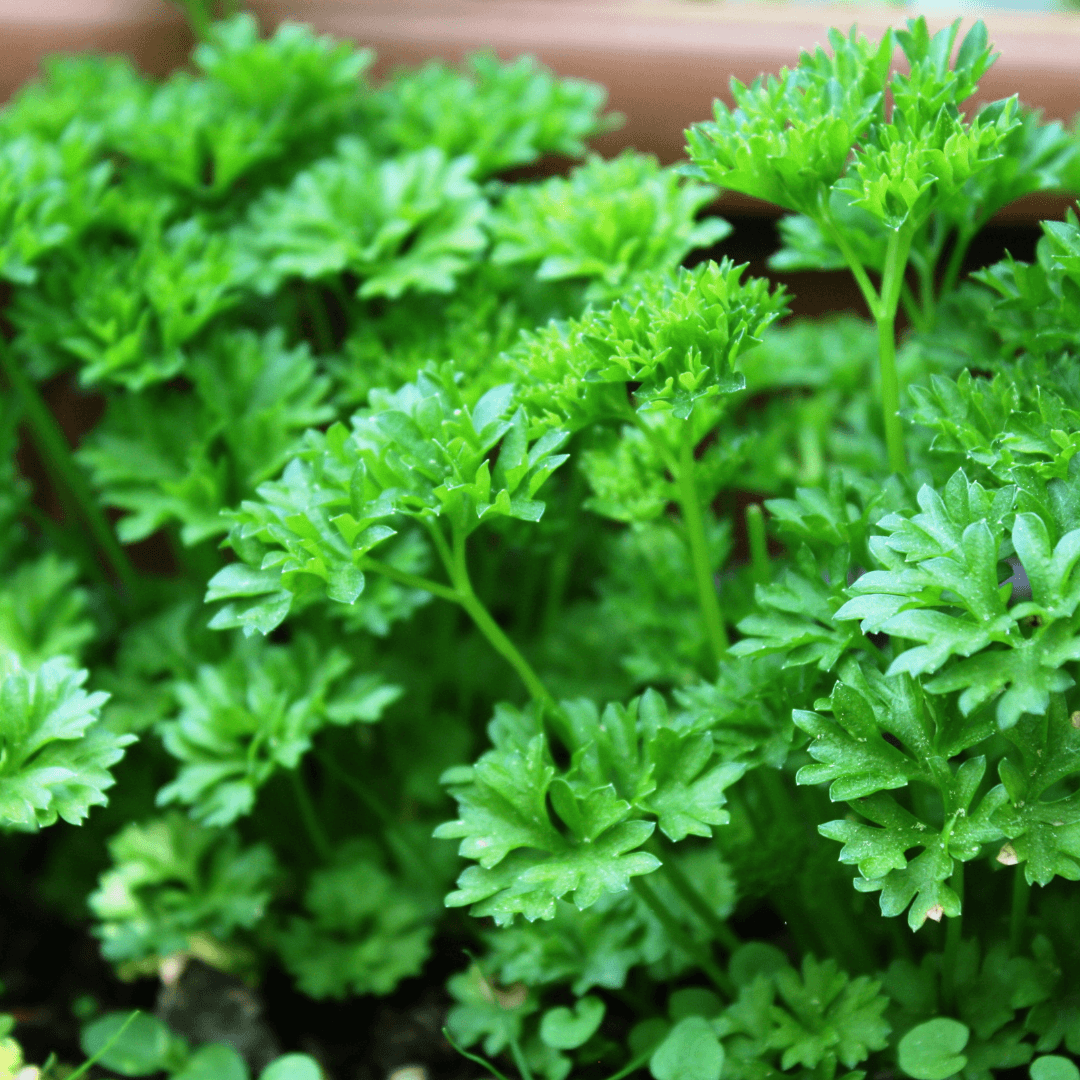
4. Parsley
Parsley and garlic compete for similar nutrients in the soil, reducing the growth and vitality of both plants when grown nearby.
To avoid nutrient competition, plant parsley and garlic in separate areas of your garden or in containers.
Conclusion
In conclusion, companion planting with garlic can lead to a healthier, more productive garden. By strategically planning plants that grow well with garlic, you can harness its natural pest-repellent properties and enhance the growth and flavour of your crops.
Garlic's ability to deter common pests, improve soil health, and even strengthen plant flavours makes it an invaluable addition to any garden.
Experimenting with combinations and observing how your garden thrives will help create a harmonious and bountiful environment.
Embrace the principles of companion planting to maximize your garden's potential and enjoy the rewards of a well-planned garden.
I trust you enjoyed this Ultimate Guide To Companion Plants For Garlic article. Please stay tuned for more blog posts soon. Take care!
JeannetteZ
>>>Please click here to read my all-inclusive article, About The Essential Companion Planting Guide<<<
>>>Please click here to read my all-inclusive article about Container Gardening<<<
>>>Are you interested in homegrown herbs and medicine? Please click here to find out more about it!<<<
Your Opinion Is Important To Me
Do you have thoughts, ideas, or questions? I would love to hear from you. Please leave me your questions, experiences, and remarks about this article, Ultimate Guide To Companion Plants For Garlic, in the comments section below. You can also email me at Jeannette@Close-To-Nature.org.
Disclosure
This post may contain affiliate links. As an Amazon Associate and other affiliate programs, I earn from qualifying purchases at no extra cost to you. Please read my full affiliate disclosure.
You might also enjoy these blog posts:
The Beginner's Feijoa Growing Guide
Best Ways To Grow Jackfruit From Seeds: A Step-By-Step Guide
A Closer Look At The Fascinating Species Of Hyenas
How To Create A Healing Garden



